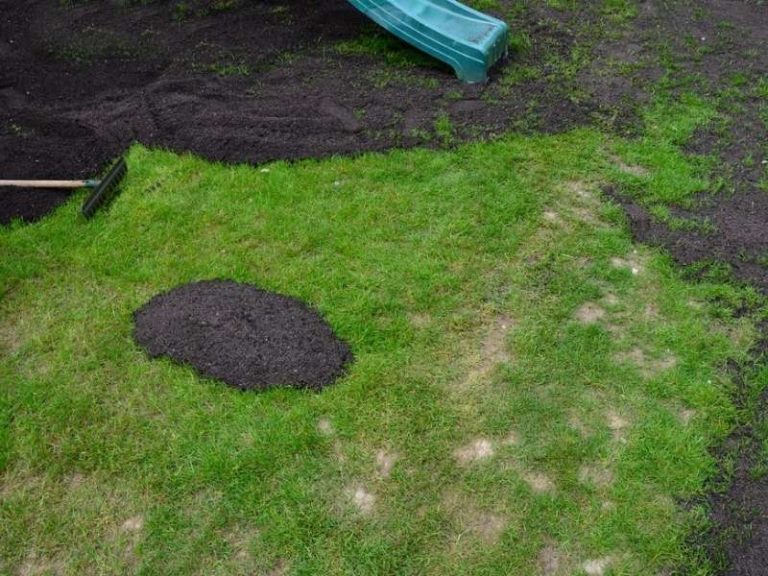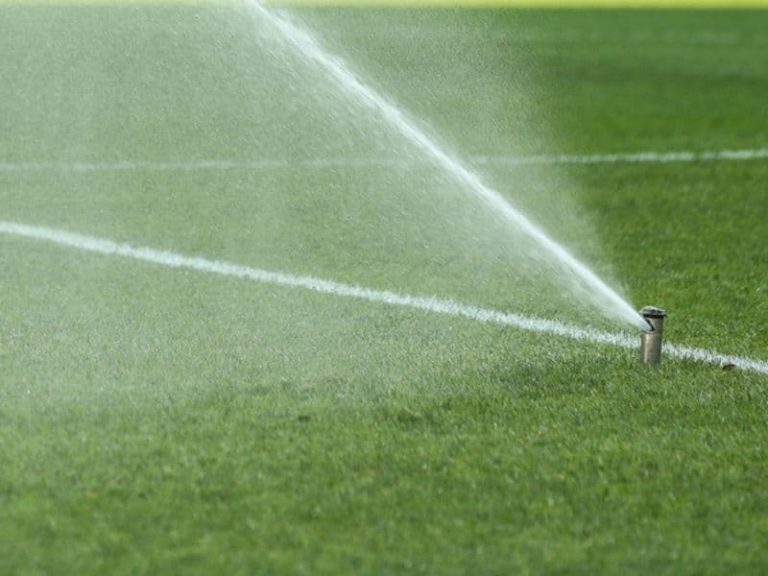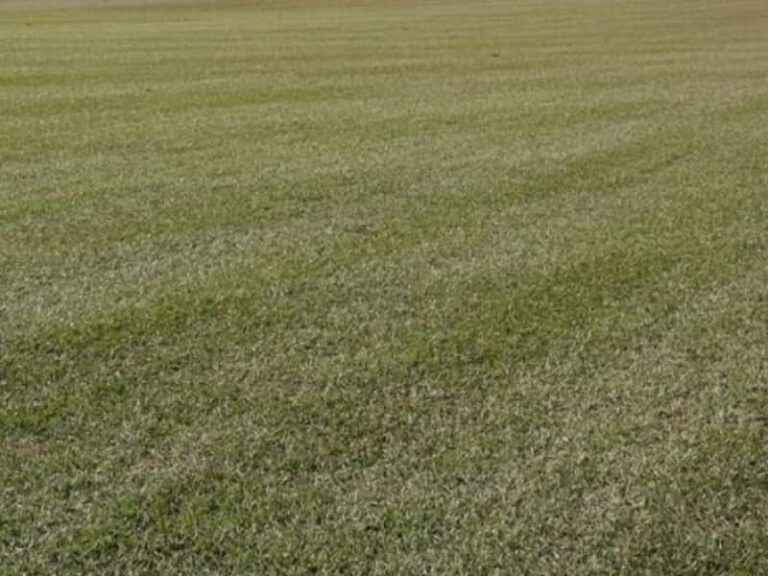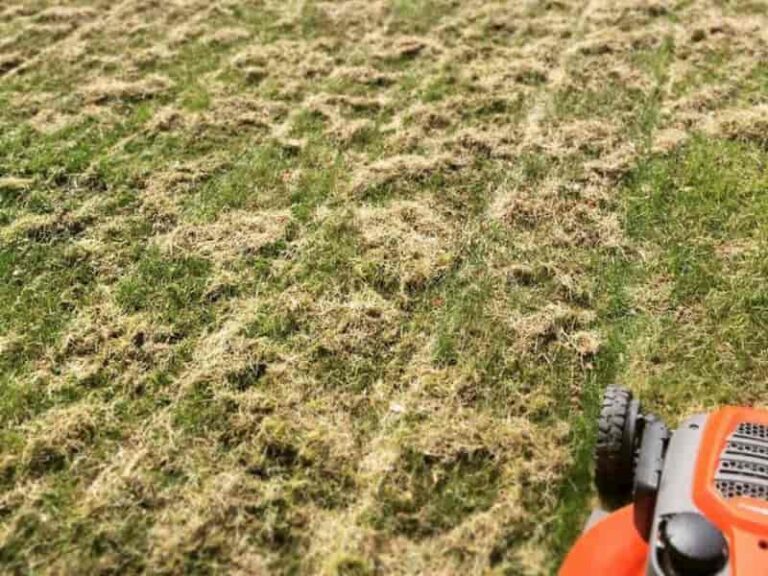Clover Vs. Grass Lawn: Differences
With the advent of commercial herbicide brand products in the mid-20th century, clover was widely considered a weed, and clover lawns lost their appeal. However, a recent push for ecological gardening options has led to a clover renaissance and brought it back to favor in the eyes of many, at the expense of turfgrass. Still, knowing the differences between clover and grass will help you decide whether you need to make a switch or stick to turfgrass.
Now that it’s getting embraced as a viable option for lawns, we’ll highlight what you need to check before making a final call.
Can I plant clover instead of grass?
Modern homeowners are increasingly favoring ecological lawn maintenance options. Clover is quickly regaining popularity as a lawn ground cover plant. And just like grass, it grows close to the ground to form a neat carpet.
Here are the main reasons to consider planting clover instead of grass:
- Clover is the better option to save on lawn maintenance costs. It doesn’t need to be mowed or watered often to survive. Furthermore, clover doesn’t need fertilizer.
- Clover grows laterally and has broad leaves. Therefore, it’s hard to find bare patches on clover lawns, despite this being a common problem on grass turfs.
Clover vs. Grass Lawn
Clover differs from grass in terms of its physical appearance (leaves and flowers), wear tolerance, fertilizer needs, and preferred soil conditions.
Traffic Tolerance
Clover foliage is soft, and it has poor traffic tolerance. Comparatively, most grasses hold up relatively well to moderate foot traffic. This is one of the key reasons why a clover-grass lawn is more desirable than an all-clover lawn.
Leaf appearance
Clover plants have short, broad leaves, making them easily differentiable from the long, narrow leaf blades found on grasses.
Flowers
Clover flowers have a beautiful white color that adds visual appeal to different landscapes. By contrast, the flower heads of turfgrasses aren’t nearly as vibrant.
Fertilizer needs
A well-seeded clover lawn can generate as much as 2lbs of nitrogen for every 1000 square feet, reducing the need for fertilizer application. Comparatively, grasses are not legumes. Therefore, they can’t create nitrogen. Most grasses require fertilizer application multiple times per year to stay healthy and vigorous.
Preferred soil conditions
Since clover can make nitrogen, it can survive in a wide variety of soils. This ground cover plant will grow in low-nutrient, compact, and acidic or alkaline soil (pH range of 5.2-8.0). By comparison, most turfgrasses have specific soil preferences.
Water needs
Grass lawns have higher water needs compared to clover lawns. According to a 2001 research study by Vickers, the typical homeowner uses about 10,000 gallons of water annually to maintain their grass lawns. By contrast, clover doesn’t need to be irrigated as much, its deep root system gives it better drought tolerance.
Should I plant clover instead of grass?
Compared to regular turf grass, clover requires less fertilizer, sprouts faster, is more heat and drought tolerant and has a better disease, pest, and weed resistance. Additionally, clover has beautiful blossoms, feels soft to the feet, and has a low growth profile. Here are more reasons why you should grow clover instead of grass.
Clover enriches the soil.
Legumes like clover convert atmospheric nitrogen into a usable form for them and other plants. When clover leaves drop off or are mowed, they infuse the soil with nitrogen as they decompose. Other plants and shrubs in your yard can then use these nutrients.
Clover reduces fertilizer needs.
Unlike grass lawn, you don’t need to often apply fertilizer on a nitrogen-laden clover yard. Not only does this lead to reduced turf management costs, but it also contributes towards environmental conservation.
From an ecological viewpoint, the negative impacts of commercial fertilizer leeching off into water bodies gives clover the upper hand.
Clover germinates quickly
Compared to most turf grasses, clover has a relatively faster germination rate. Newly planted clover takes about seven days to sprout. This is a significant advantage for those who want a lawn that will fill in quickly when grown from seed.
Clover has beautiful blooms.
Clover flowers provide beautiful blooms that make your yard visually intriguing. These elegant blooms appear when the clover is left uncut in the summer. Also, they attract wasps, which get rid of pesky lawn pests.
Clover is resistant to pests and diseases.
Clover is resistant to blight and mildew. Most harmful pests and disease-causing fungal organisms don’t find this plant species as inviting as turf grasses.
Clover crowds out weeds
Clover easily outcompetes weeds due to its extensive root system and clumpy growth habit. This broadleaf plant forms a dense cover to crowd out undesirable broadleaves like dandelions. As a result, you get to reduce your herbicide expenses while also lowering your ecological impact.
Note: Unless you want to replace your clover lawn with something else, avoid using herbicides on it. Most broadleaf weed killers will kill clover, too.
Clover feels cozy
Unlike some stiff and prickly grasses, clover has soft leaves and offers a soft feel underfoot. This makes it an excellent lawn option for people with kids who love to play barefoot in the yard.
Clover grows low
Most clover varieties grow to a height of 2-8 inches. Therefore, you don’t need to trim it down too often to maintain a neat lawn. The clover varieties that grow closest to the ground include micro clover and white clover.
Clover is heat and drought-tolerant.
Clover does well even in high heat and prolonged drought conditions. Most grasses, including some warm-season varieties, go dormant and lose their color during summer. Not clover, though, as it maintains its lush green shade all through the summer.
Can I mix clover and grass?
Clover and turf grasses mix well and won’t compete with each other. By mixing grass seed with clover seed, you get the added advantages of a low-maintenance, healthier, and more sustainable lawn. More seed stores are starting to stock clover-grass seed blends.
Here are a couple more reasons why you should consider a mixed clover-grass lawn.
- Some turfgrasses, including Bermuda grass, Kentucky bluegrass, and Bahia grass, are highly sensitive to pet urine. Mixing such grasses with clover makes the lawn more urine-resistant, as clover doesn’t get burn spots from dog urine.
- Most turf grasses turn brown or go dormant during the summer, with all the top growth dying. Clover, on the other hand, stays green in the summer heat. A mixed clover and grass turf will help you maintain a green yard that still looks decent in the summer heat.
The conventional way to establish a mixed grass-clover lawn is by sowing a seed mix of the two. However, it’s likely that you already have a grass turf and need to infuse it with clover to make it more resilient. In this case, mow, aerate, and lightly dethatch the lawn before overseeding with clover.
References
- Kelsey Noll and Steven Daniels, Rutgers Energy Institute: Alternative Lawns- using clover as an eco-sustainable alternative to grass
- University of Maryland Extension: Lawns and Micro Clover





